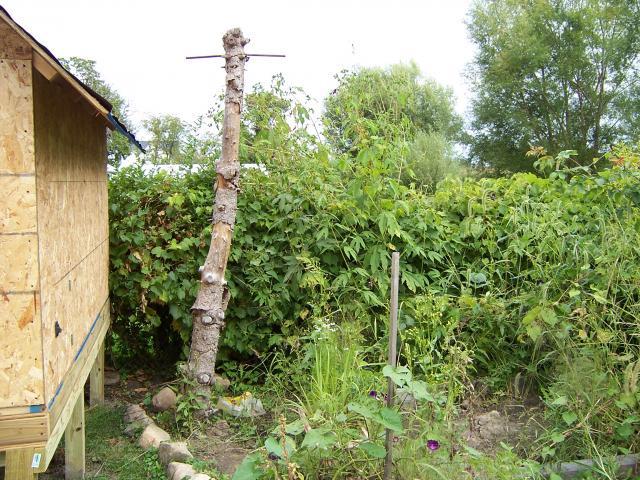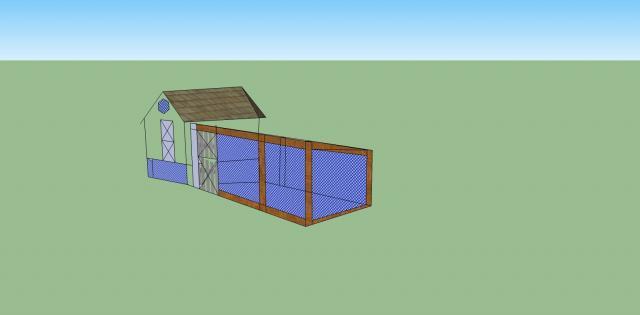First here is my coop. I have done a lot since this pic was taken. the run will be built off to the right. The second pic is of my idea of what we might do, using google sketchup for the first time so it isn't very good, but gives you an idea of where I'm headed. Can anyone think of a better way to do this. At its highest point the run will be about 5'10". Not counting the space under the coop it will be about 12' x 6' Even though I have sketched this up, I really don't know where to begin or if there is a better way.







